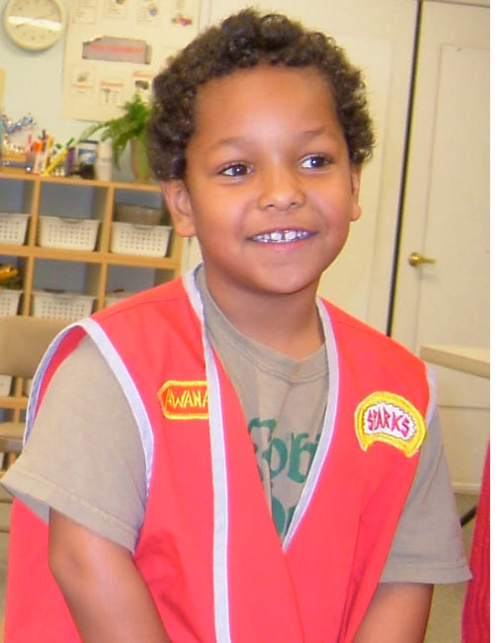Over the last couple postings, I discussed the importance of consistency and respect in establishing and building relationships with anyone of any age. In today’s blog, I will discuss the third pillar.
Response
As any happily married couple will tell you, healthy relationships revolve around communication. With this, recognize that communication requires both talking and listening - often more the latter than the former. |
| Photo provided by Sierra Bible Church |
Teenagers especially are more willing to open up if you show an interest in their thoughts, questions and well-being. Brannon Marshall, who taught a workshop about how to teach middle school and high school students, stressed the importance of spending a few class periods yielding the floor to the students. “You should ask questions such as, ‘Is there anything you’d like to talk about, any questions you want to discuss, or any topics you want more information about?’” he said.
Question and answer has two other purposes as well. The first is that it works to evoke critical thinking, forcing the child to work through (with guidance from the teacher) questions about meaning, cause and effect, and actions and consequences on his own.
Brannon Marshall discussed the types of questions to ask tweens and teens when teaching a lesson. The first set of questions regard the text in question and focus on the meaning. By asking questions such as, “What is this talking about?” and “What is this saying about what it’s talking about?” makes the teen dig deeper into the text to seek out the truth. Seeking out the truth for himself rather than simply being told establishes a greater sense of accomplishment, confidence and personalization of what God has to say.
Marshall then discussed the next level, which evokes conversation: asking questions such as “what do you think about that?” and “why is this important?” These questions serve to help the child move through the process of cause and effect, action and consequence, “what I feel” to “what I decide.” Such questions also work to build the relationship between the teacher and the student, as the adult encourages these thought processes.
Asking questions to make a child think through action and consequence can also be used in discipline. In the conference workshop “Ending Discipline Times with Impact,” National Center for Biblical Parenting speaker Meg Roundy discussed the importance of asking three questions and making a statement when confronting a child about his behavior: “What did you do wrong?” “why was it wrong?” “what can you do differently next time?” and “ok, let’s try again.”
It makes the child think about the action and the consequence, as well as future behavior. Firstly, the child has to verbally confess the action. This helps ingrain the concept of accountability and responsibility into her mind, instead of looking for ways to pass an excuse off somewhere else. The second step is the child has to explain why the action was wrong. This verbalization helps her understand that her actions can have consequences to others, and there is a reason for the discipline. The third question forces the child to think critically about ways to improve her character, and the final statement offers a glimmer of hope that the child can make better decisions in the future.
In her workshop “Teaching Kids to Listen and Follow Instructions,” Roundy also discussed how teaching kids to respond also teaches them accountability and responsibility. When you ask them to do something, a response from them lets you know that “They heard you, and they intend to follow through,” she said. “It creates a verbal contract, which isn’t complete until they report back ‘I’m done.’ It also serves as an indicator of attitude.”
Finally, Q&A tests the understanding of the child and helps with memorization. At one of the Bible camps I attended during high school, we were trained use the beaded gospel bracelets to share the gospel. We explained the black bead (sin), the red bead (Christ’s death, the shedding of blood), and the white or clear bead (being made clean). Then we asked the child to repeat the meanings of the three beads back to us. By having her echo the meanings, we knew she understood. Verbalization is also a memorization technique. When she repeated the gospel to us, the message became more deeply instilled in her mind and, hopefully, her heart.
Establishing a relationship with your kids at home, school or ministry is important in helping the children to become steadfast, God-fearing adults. Build on the three pillars of consistency, respect, and response, and you’re on your way to building one more relationship that will last for a lifetime.
For more information about Awana Clubs International, visit the Awana Homepage.
To find a club in your area visit the Club Locator.




